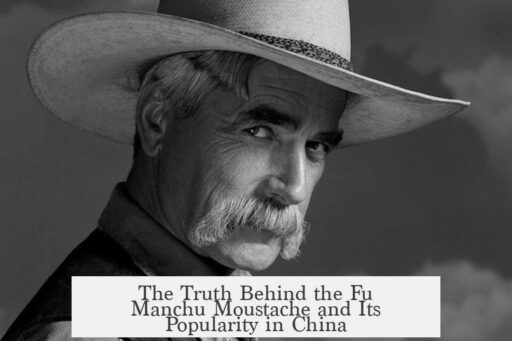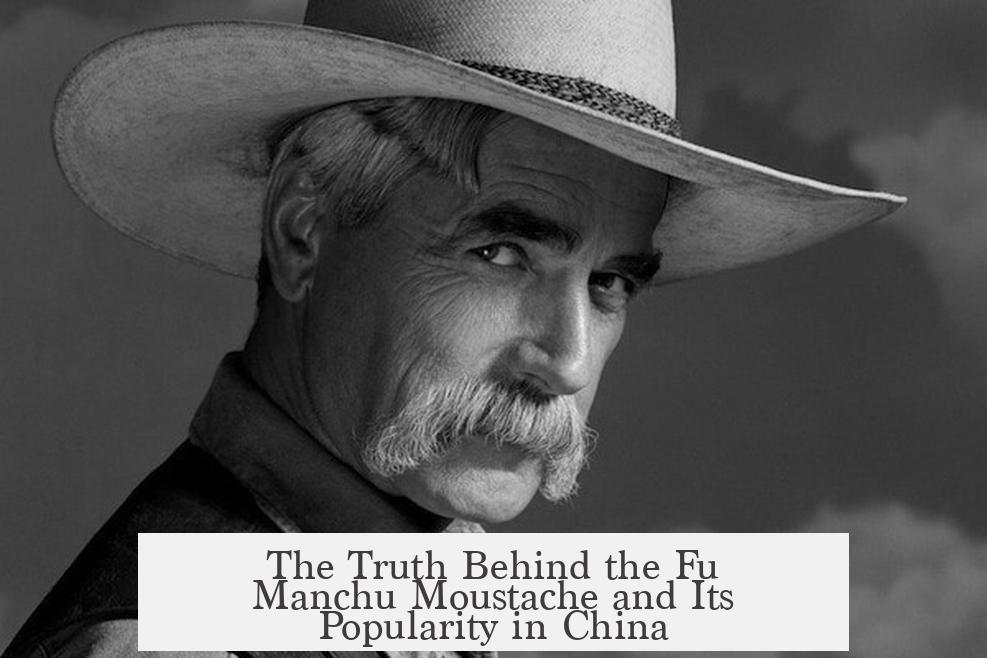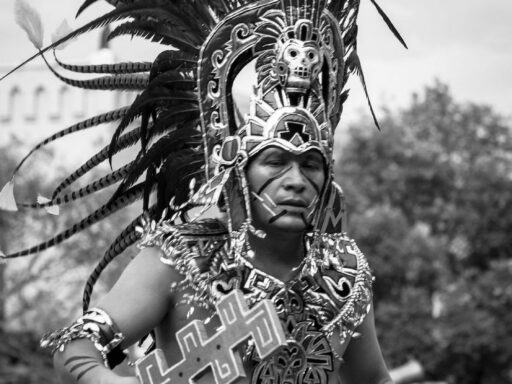The Fu Manchu moustache was never widely popular in China as a common facial hair style, despite some historical presence and stylized depictions in art and photographs. Its association primarily stems from a fictional and racialized stereotype created in Western media rather than an authentic traditional Chinese grooming trend.
Historical evidence shows certain Chinese courtiers and officials wore facial hair styles that somewhat resemble the Fu Manchu moustache pattern. For instance, 19th-century photos from the Boxer Rebellion and images from the Imperial Palace in Hue (Vietnam) depict older mandarins with facial hair growing along the upper lip, sometimes extending downward. This style appears tied to rank or age rather than widespread fashion.
Natural facial hair growth patterns among East Asian men tend to be patchy, often limited to thin lines along the upper lip rather than full, long moustaches. Many East Asian men find it difficult to grow thick moustaches. This biological factor restricts the prevalence of long, dangling moustaches historically or presently.
Contemporary observations confirm the rarity of the Fu Manchu moustache in modern China or Taiwan. Most individuals do not sport such styles, and it remains largely absent from everyday appearance.
The Fu Manchu moustache itself gained prominence through Western media and fiction, named after the villainous character Fu Manchu. This character, created in early 20th-century pulp novels and films, symbolizes a racial stereotype depicting East Asian men as sinister and cunning threats. The moustache worn by this character is exaggerated and stylized, with long, thin ends resembling “spindly antennae,” which does not reflect authentic Chinese mustache styles.
This fictional association embeds the moustache in cultural insensitivity and racialized portrayals. It represents a Western fear and hostility rather than a genuine tradition. Some people are unaware of its offensive connotations and may find the image humorous, while others recognize its harmful stereotypes.
- Facial hair resembling the Fu Manchu moustache existed but was limited to certain officials or age groups, not widespread.
- East Asian men typically have sparse, narrow upper lip hair, making long moustaches rare.
- The Fu Manchu mustache gained fame via a Western fictional villain, not real cultural practices.
- The exaggerated style is part of a racial stereotype, reinforcing negative perceptions historically.
- Modern China rarely shows this moustache style; it is mainly linked to Western caricature.
Was the Fu Manchu moustache commonly worn in historical China?
Older Chinese art shows courtiers with moustaches similar to the Fu Manchu style. Photos from the Boxer Rebellion also depict mandarins with facial hair resembling it, especially among older men.
Is the Fu Manchu moustache easy to grow for East Asian men?
Facial hair in East Asians tends to grow in two narrow lines on the upper lip. This natural growth pattern might have led some to have a moustache like the Fu Manchu, but it is generally hard to grow fully.
Is the Fu Manchu moustache a common sight in modern East Asia?
Contemporary observations, such as in Taiwan, suggest the Fu Manchu moustache is rarely seen today and is not a popular style among most men.
Did the Fu Manchu moustache originate from an actual Chinese tradition?
The moustache style seen in Fu Manchu films is exaggerated and not authentic. It was popularized by racist stereotypes in Western media, not traditional Chinese fashion.
Why is the Fu Manchu moustache considered offensive by some people?
The moustache is tied to the Fu Manchu character, a racist villain from Western fiction. The style symbolizes hostility and stereotypes against East Asians rather than genuine cultural expression.




